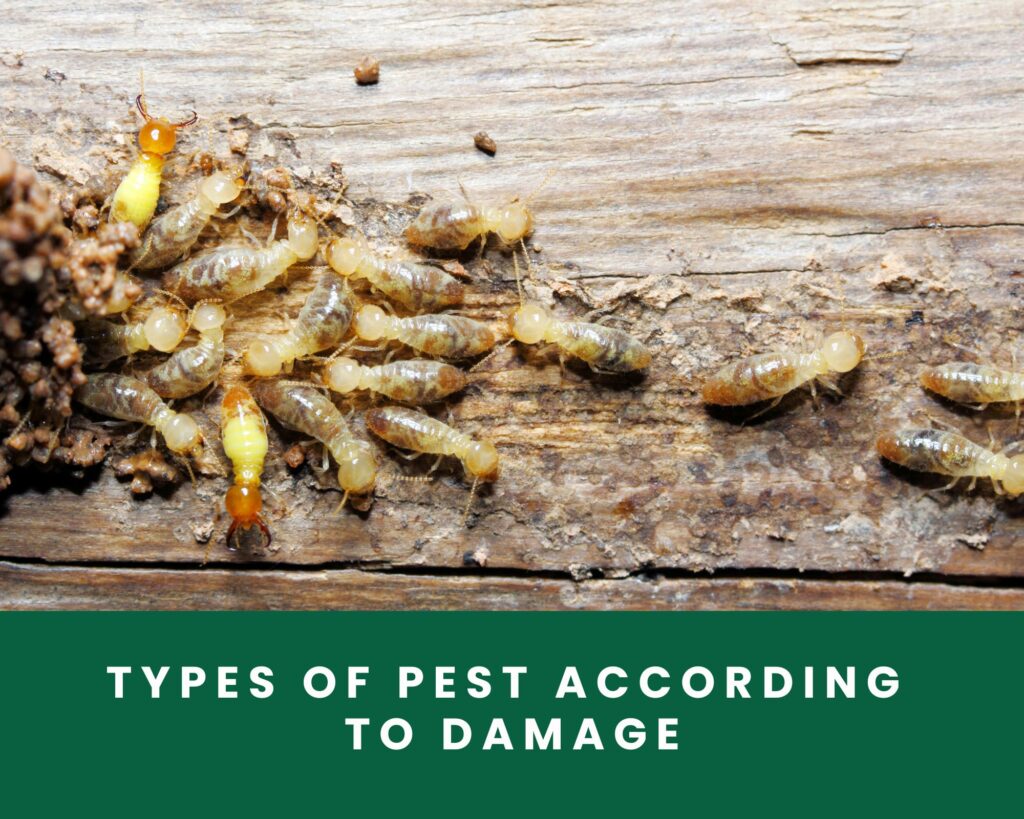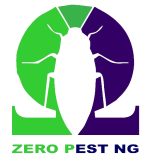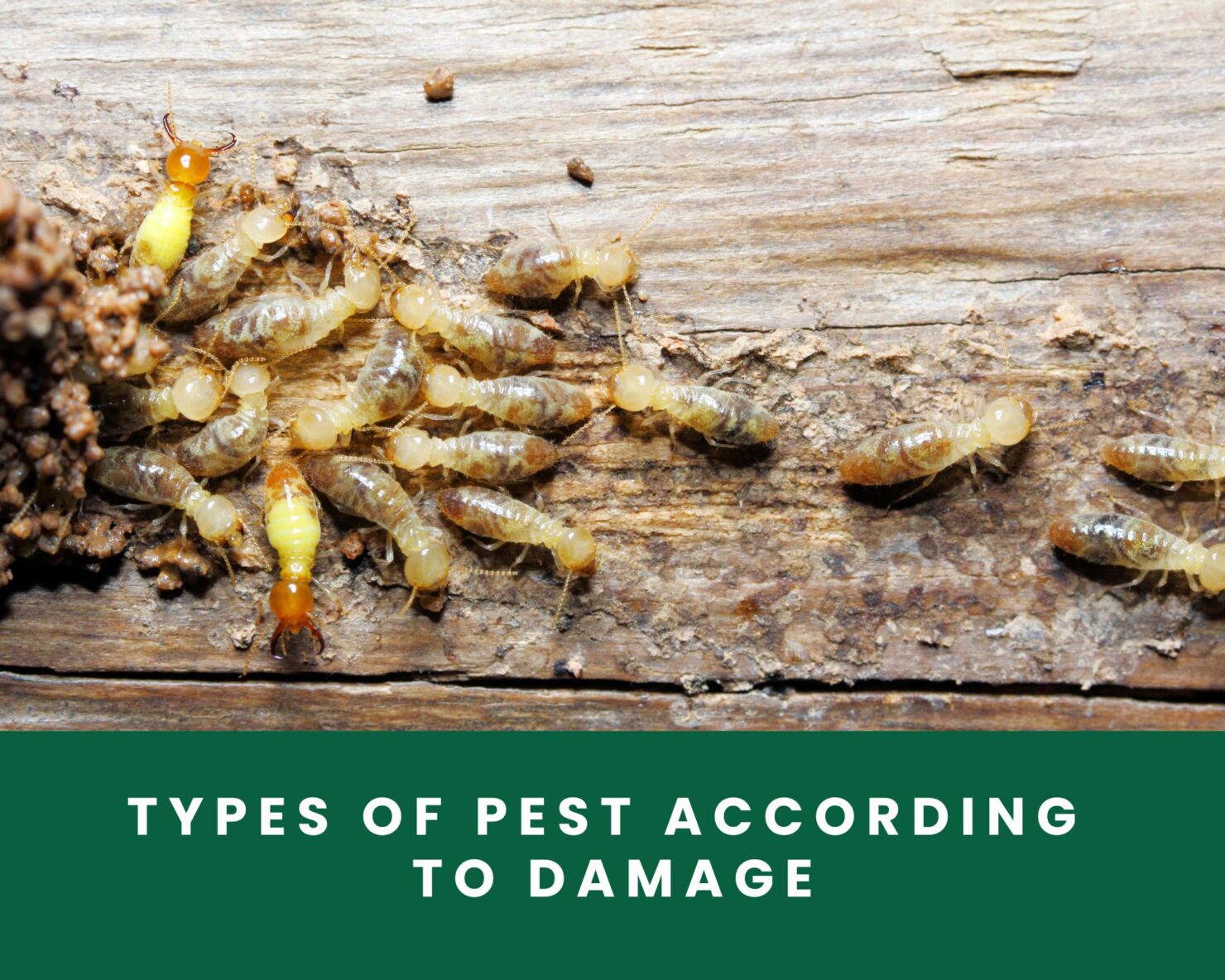
Types of pest according to damage
Insects can be all fun and harmless until they begin to cause harm to plants, animals, and humans. When this begins to happen, they turn into pests. Pests have been a stable hindrance to fast-following agricultural systems for years.
They cause damage to animals and plants alike and it is usually challenging to get rid of them. Their damage is always destructive and causes significant harm.
Pest damage is a very huge limiting factor to global food production, and it is widely known that animal pests destroy about 15% of the global production of rice, beans, sorghum, and maize. Even with the emergence of different kinds of pesticides, the results remain unchanged.
Different types of pests cause damage to crops from biting and chewing to sucking and even burrowing. Listed below are types of pest according to damage:
Biting and chewing
Snails
Snails are very common pests in the farmland and they may be slow, but just like other fast-moving pests, they also cause a lot of damage to leaves, flowers, vegetables, and even fruits.
They are a type of mollusk with a single shell and a very soft inner body. They bite and chew on food by using their tongues which have thousands of tiny teeth which help them cut their food into tiny pieces to be able to be eaten.
Snails are usually found in a wet area and they usually come out during the dark and mostly after it has rained. You can know if a snail is in your farmland by the slime trail their mucus generates to aid movement over the ground, leaves, and stem of crops.
They are not very tiny pests and can easily be spotted in a garden at nighttime when they come out to feed. They eat most flowers and vegetables in the garden, especially vegetables that are still young and growing.
You can control snails by picking them up and disposing of them whenever they are found lurking around, trapping them with the smell of beer, creating a barrier around your plants, and using slug pellets to kill them.
There are still so many other ways to get rid of snails, and it would be best to read up on how to control and implement them.
Squirrels
Squirrels are constant visitors in gardens where there are fruits and leafy vegetables to eat. They eat their way through the garden and snack on almost everything they can find like flowers, trees, leaves, bulbs and so much more. They even eat wooden erections mounted in farmlands.
These pests cause a lot of damage because they can eat anything and everything. You’ll know a squirrel is in your farmland because they are not very hard to spot. They cause damage to lawns and even dig through flower beds to hide their food.
They also feed on the trees so you’ll notice the stripped back of trees and chewing signs on anything wooden in your garden.
You can make squirrels stop feeding on your crops if you feed them. You can do this by setting up a separate area in your garden filled with food and feeding them, you can build protective barriers around your farmland.
Sucking
Aphids
Aphids are very small insects that cause a lot of damage to plants. They are small and have small bodies and they cause damage to pests by feeding on the sap of leaves, stems, and even flowers.
After feeding and sucking out the sap, it leaves the plant feeling very weak which causes it to die. You’ll be able to know if an aphid has been around your farmland because they travel in colonies and are usually situated around flower buds, under new leaves, and on shoot tips.
If you notice your plants have stunted growth, deformed leaves, or are just generally weak, then it is most likely that an aphid has sucked the sap out of the plant.
You can also know if an aphid has been around by the sooty, black mount that has formed around the plant. This mold stops the plant from absorbing light through its leaves.
Aphids eat fruit, vegetables, houseplants, and ornamentals. Just basically any crop that has sap that they can suck. You can control aphids by covering crops with insect nets, using organic chemicals, and just shaking them off plants.
Bay tree suckers
These pests, just like their name, are sap-sucking insects that feed on the saps of plants and are active during the summer months. They cause considerable damage to the plants by sucking out their sap until they become yellow, weakened, and all curled up.
The kind of damage they cause is very hard to spot as they leave behind distorted leaves that curl up at the margin. Most of these leaves don’t survive as they end up being too weak and dying.
You can also see what they have done by the black sooty mold growing on the sticky honeydew and sticky leaves from the honeydew e created by the suckers.
You can get rid of bay tree suckers by spraying them with chemical insecticides, clearing away dead lives as the insects love to hibernate during winter, and removing curled leaves around your farmland.
Burrowing
Worms
Having worms in your farmland can be a good thing but they create muddy deposits on the farmland which can cause a series of problems for farmers. Worms are creatures that live in the soil and eat decaying plant matter but do not damage growing plants, thankfully.
What they do is burrow into the soil and this plays an important role as they maintain soil structure and boost soil fertility. You might think this is a good thing sure, but worms just like other pests cause damage to the soil.
You can know a worm is in your farmland when you see small mounds of dirt on your lawn. These are excretions of muddy soils and can be a nuisance.
Worms cause damage because if they are a lot in the farmland, they attract moles that feed on worms. They can also cause damage to the soil by burrowing into them.
You can get rid of worms in your farmland by making your farmland more acidic as they prefer to burrow into alkaline soil.
Leatherjackets
These are larvae that live within the soil and are about 30 mm long with no legs. They grow underneath the soil surface and then transition into crane flies between August to October, but not before laying another batch of leatherjackets that would transition.
They thrive in very wet and damp spaces and you can recognize them in your farmland by the yellow-brown dead patches in your lawn, empty pupal cases, and the surface layers of the soil under your lawn.
Effective ways to control leatherjackets pest activities include:
trapping them or even spraying your lawn with a nematicide.

